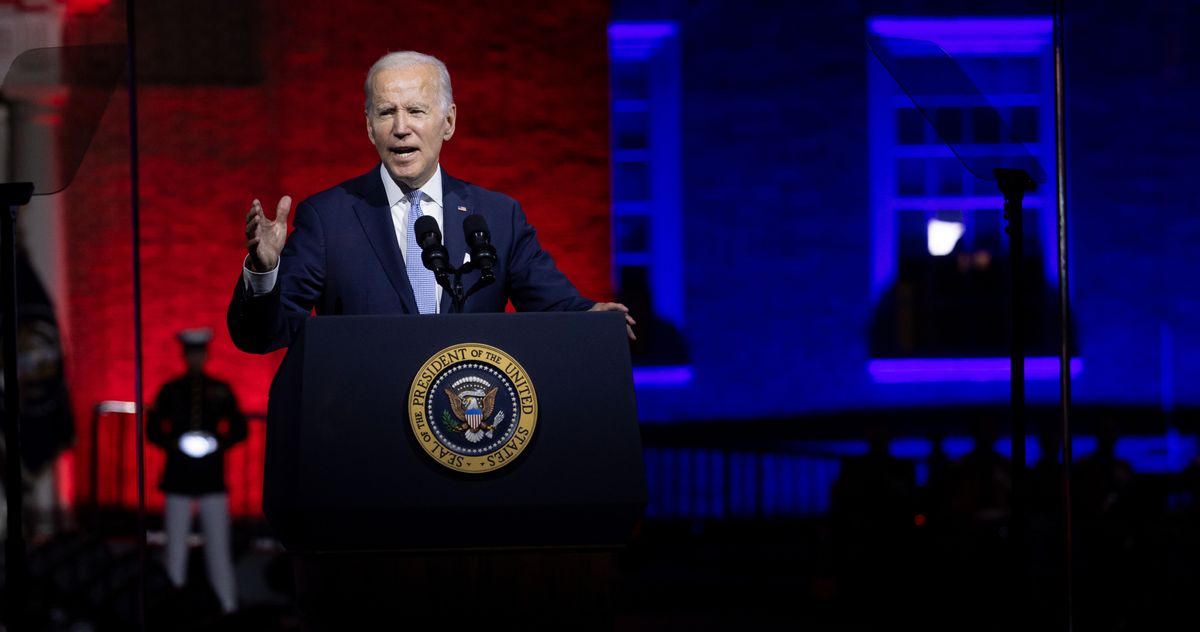
- Select a language for the TTS:
- UK English Female
- UK English Male
- US English Female
- US English Male
- Australian Female
- Australian Male
- Language selected: (auto detect) - EN
Play all audios:
When Roula Khalaf succeeds Lionel Barber as editor of the _Financial Times_ in the new year, following Barber’s 18-years spent running the paper, she will become the first woman ever to edit
the pink pages. She joins an increasingly long list of women in top media roles at the moment. Katharine Viner has edited the _Guardian_ since June 2015 — also the first woman to have that
prestigious job. The_ Daily Mirror_ is edited by Alison Phillips. Both the BBC and Sky News have female political editors, as do the_ Guardian_ and the _Mirror_. Of course, there are
prominent female presenters, demonstrated perfectly by Emily Maitlis’s Newsnight interrogation of Prince Andrew on Saturday. This has been a long time coming. For decades, “soft journalism”
was the purview of women. Lifestyle, fashion, culture was fine, but the serious stuff — politics, defence, home affairs — was left to the men. It was down to the men to lead publications.
Even when women found success in the traditionally more “male” beats, they were still woefully underrepresented. It’s a welcome change but, unfortunately, one that’s happening as the
prospects for much traditional media look increasingly grim. Recently released figures show a continuing drop in people buying print newspapers, for instance. However, it is not all doom and
gloom. In this polarised, factitious age, people want trusted outlets that they can rely on. People around the _New York Times_ have referred to a “Trump bump”: an increase in print and
digital subscriber numbers as readers were desperate for a detailed and nuanced analysis of the latest outburst from the White House. The same is true of Brexit-weary Brits. We increasingly
want outlets that are calm and credible and that cut through the noise. And now here in the UK more and more women are leading that coverage. And then there are the social networks, which
have caused much of the polarisation that the more mainstream outlets now confront. The most dominant of them — Facebook and Twitter — are, naturally, run by men, the “tech bros” of Silicon
Valley. As it happens, much of the more raucous parts of the print media — the _Sun_, the _Daily Mail_ and the like — are still edited by men. Generalisations about the sexes are always
dangerous. The point is not that the fairer sex provides better journalism or better media platforms. Nor is it that they take a “softer” approach. The women I’ve named here are not retiring
wallflowers. Khalaf, among other career highlights, wrote an eviscerating piece on Jordan ‘The Wolf of Wall Street’ Belfort. The _Sun_ was arguably at its most boisterous when edited by
Rebekah Brooks. However, it feels like both media proprietors and consumers are to some degree looking for something else, a different perspective. And that means getting different people to
lead publications. Women are stepping up during one of the toughest periods that the media business has ever known. Google and Facebook continue to hoover up the advertising revenue that
has sustained the print industry since its inception. Hopefully, if traditional media organisations struggle, the women in charge should not be blamed for it. Having waited decades for this
chance, it would be grossly unfair if a systemic downturn in the industry were blamed on the women now battling to keep it afloat. For now though, we should just be pleased that talented,
intelligent, strong-willed women like Khalaf are taking the reins of some of our most beloved outlets. It shows something in journalism is changing for the better. It needs to, because we
have never needed those publications more than we do now.







